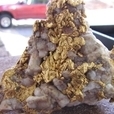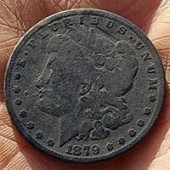Whats The Gold Grade 24k? Of Most Nuggets Found These Days Around Globe?
-
Similar Content
-
- 9 replies
- 854 views
-
- 2 replies
- 774 views
-
- 13 replies
- 2,034 views
-
- 2 replies
- 694 views
-
- 3 replies
- 1,113 views
-
- 1 reply
- 1,812 views
-
-


.thumb.jpg.95344db3aeef0a4c6c73420daa366191.jpg)


.thumb.jpg.ac5e8ee36e43bcab745dbc623fcf1874.jpg)




Recommended Posts
Create an account or sign in to comment
You need to be a member in order to leave a comment
Create an account
Sign up for a new account in our community. It's easy!
Register a new accountSign in
Already have an account? Sign in here.
Sign In Now